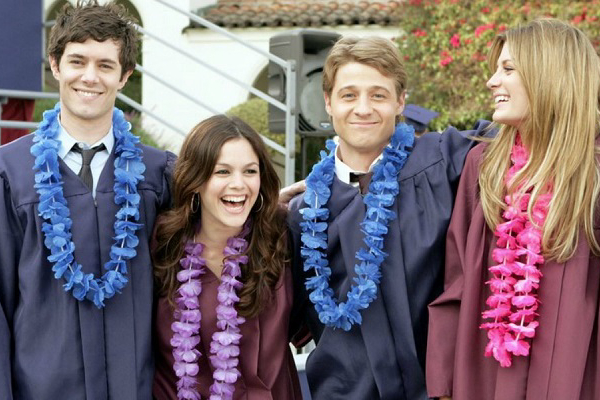Leaving Berkeley was a life decision that was not easy to make. Not only was it the city of my college experience, it was home to one of the happiest and most memorable periods of my life. If you’ve never been to Berkeley, let me try to give you a quick visual. First, it’s hard to believe that the city is part of America as it is so different, it might as well be a country of its own. Some like to call it “”Bob Marley Town.”””Mom and pop” stores are abundant and they compliment the street vendors of Telegraph Avenue quite well. The campus architecture is one of classical brilliance and the number of homeless people, an important component to the city, remind the passerby of the reality of life on a daily basis, something rare to Orange County and the countless other bubbles abundant in America. The element I love most about Berkeley is its people. I would argue I learned more from the people than the professors as the city is abounding with some of the most creative, intelligent, compassionate, and worldly people I have ever come across. So to say the least, it was difficult for me to make the fateful decision to come to southern California for law school rather than stay in the bay area as I did enjoy both options. After all, I’d have to make it home sooner or later and although Berkeley and all its memories are close to my heart, Orange County is home.
I returned home to OC early June and I had an interesting time adjusting to life here, especially since I’ve been away for four years. Everything has changed, well, at least to me. The OC landscape has been further developed. Wholesome Choice has become a center point in Irvine. Magazines like OCPC have been born from the Iranian diaspora community here in OC while southern California universities and colleges have finally begun to pay attention to Iran’s rich history and official language by instituting Persian language courses and Iran history classes, something very integral to my college experience in Berkeley. The people have changed as well, for better or worse. I’m not an authority on standards, but on a superficial level, it does seem that the kids I grew up here have changed drastically in many respects. The Honda Civics have been traded in for luxury cars and a man’s chest full of hair has been exchanged for a waxed one to compliment the thinned eyebrows above (some things I just don’t understand)! The cats have been replaced with little fluffy dogs. Some things, however, remain the same. Although my generation has grown up, many still don’t care about the world beyond their own. A political discussion or an exchange of ideas pertaining to Iran or the Middle East is still taboo, but the practice of gossiping is very widespread.
Whatever it is, OC is a place with different meanings to different people. After being gone for so long, it is a bit easier for me to view OC from an outsider’s perspective. As I continue to start the next chapter of my life here in OC, I will document this place’s complexities from a unique perspective.



